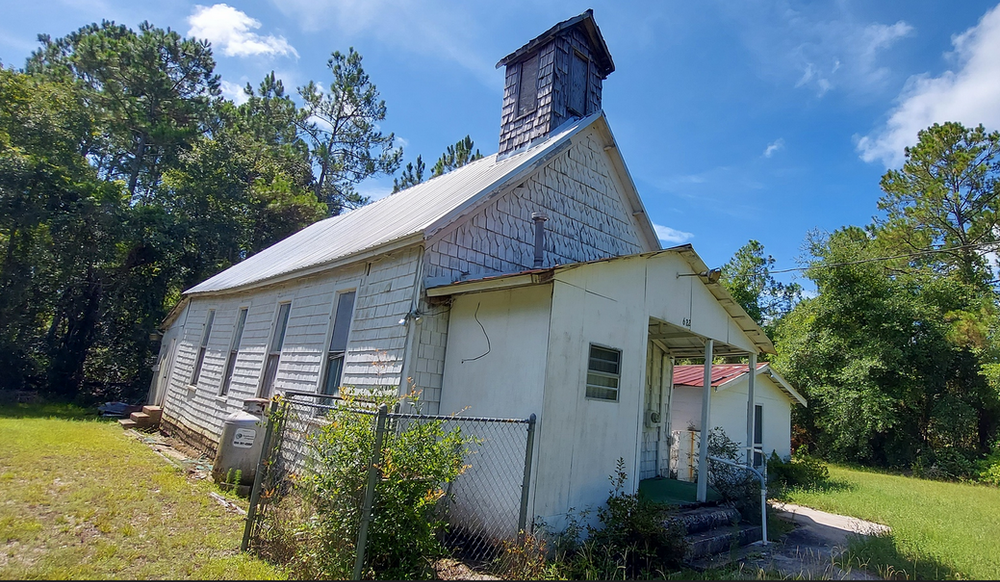

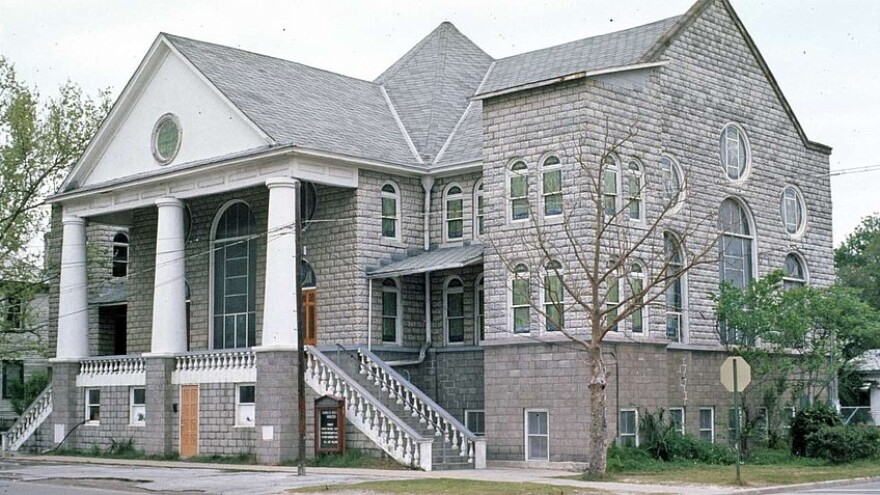
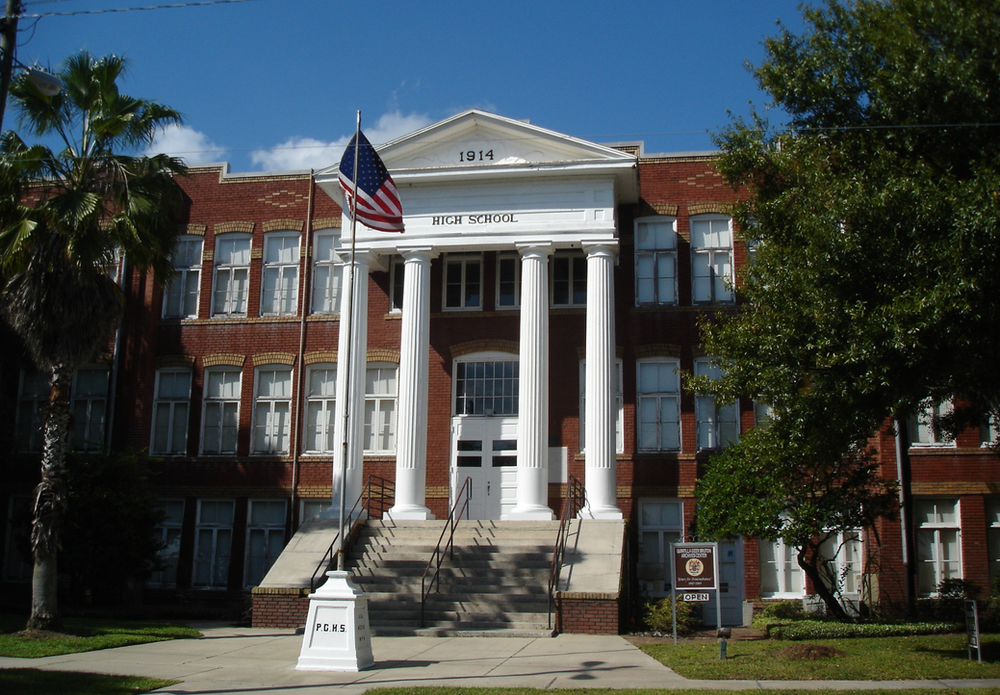
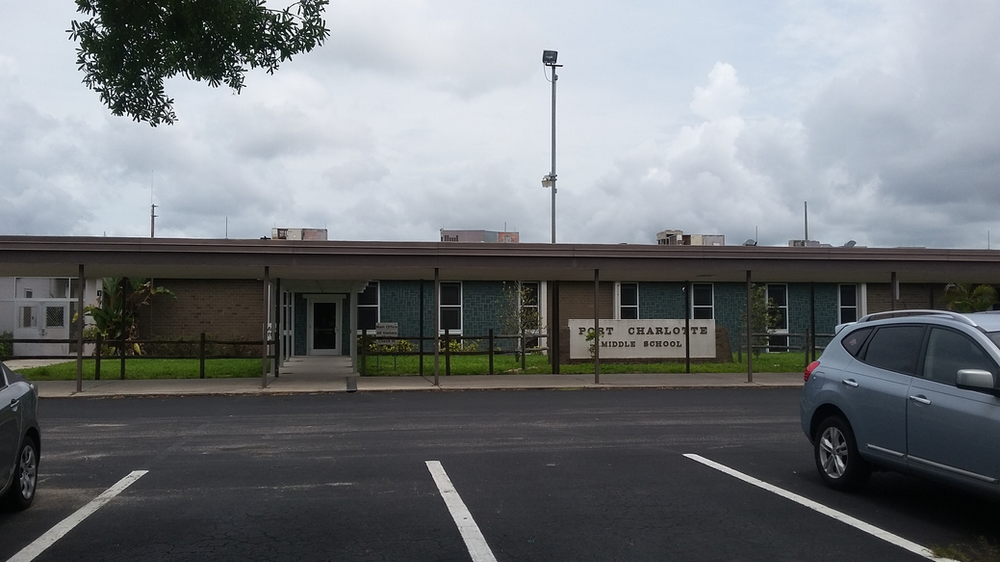
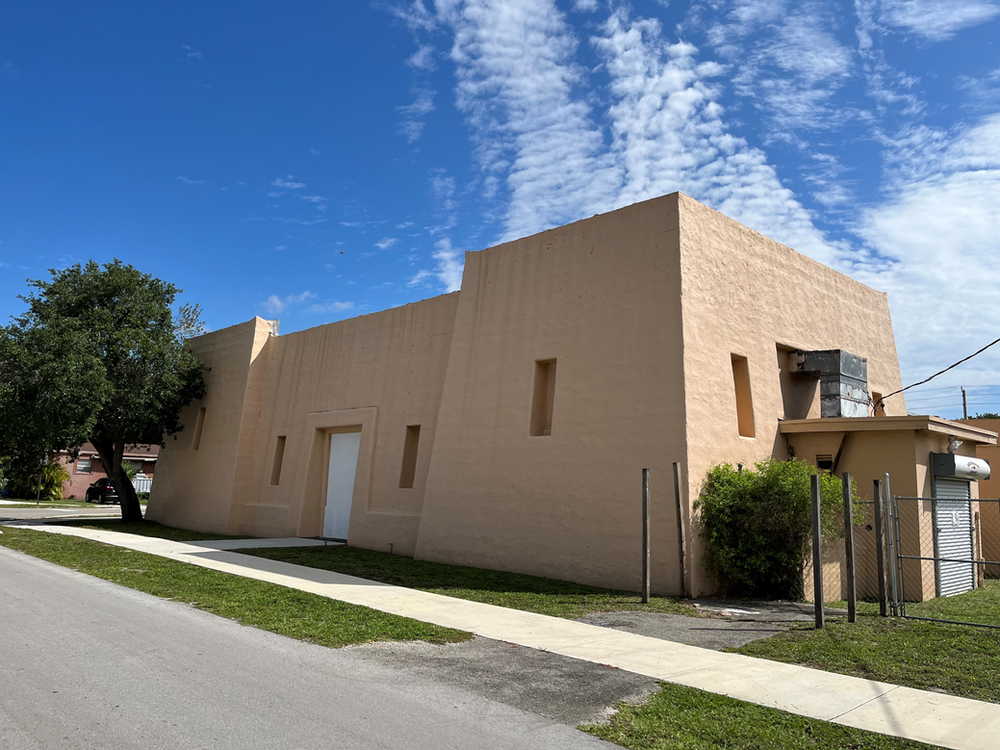
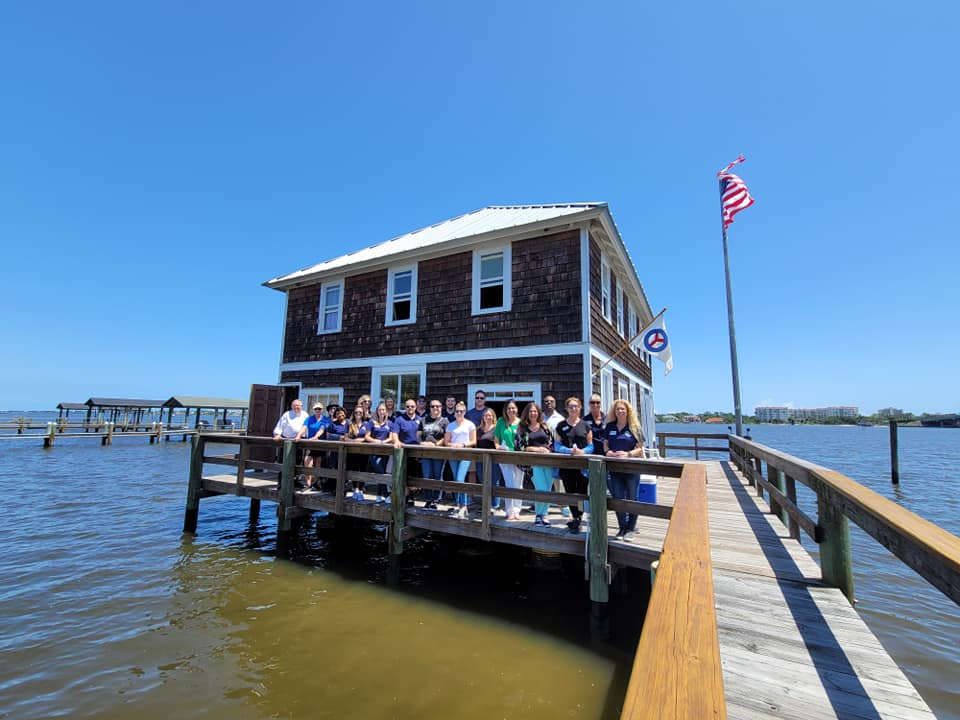
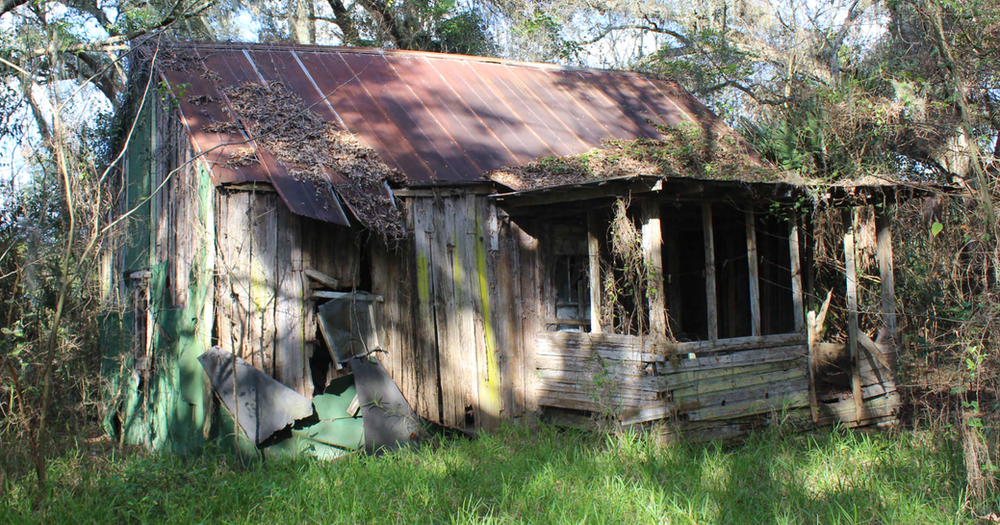
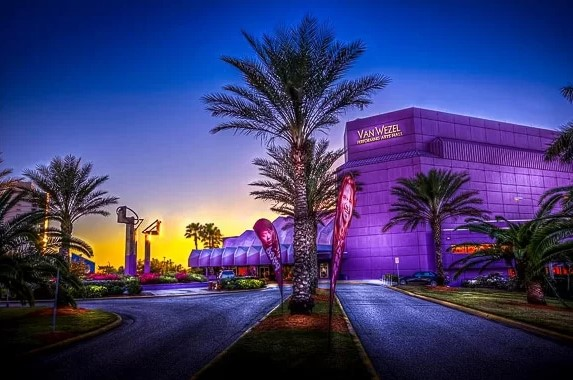
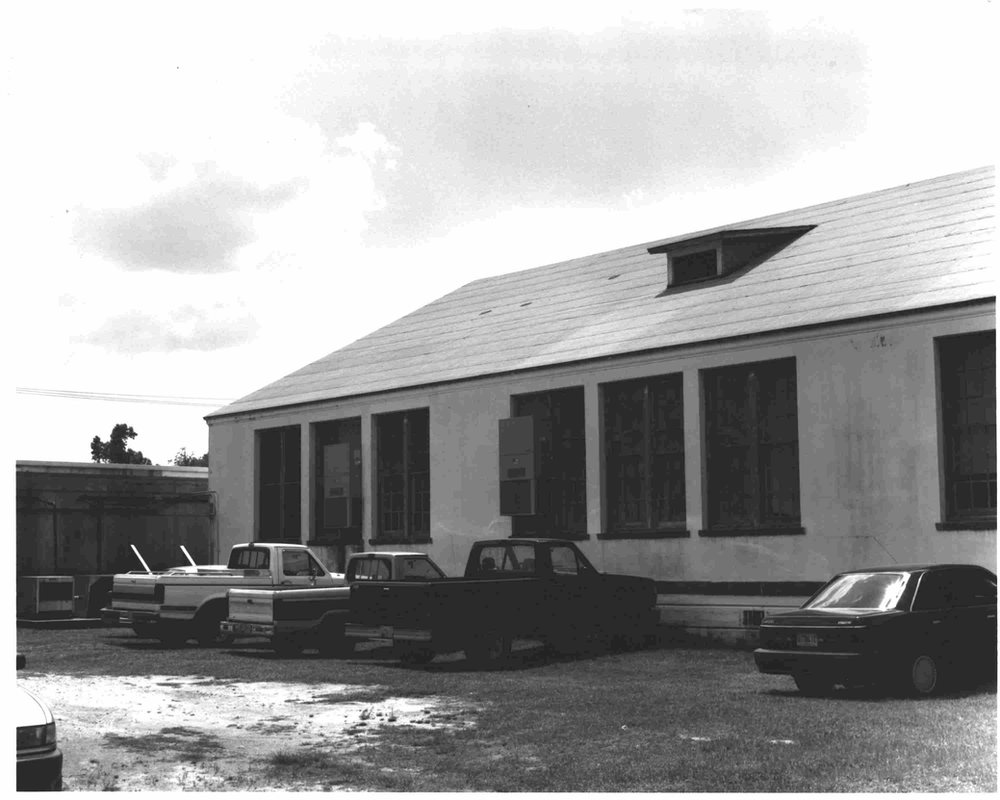
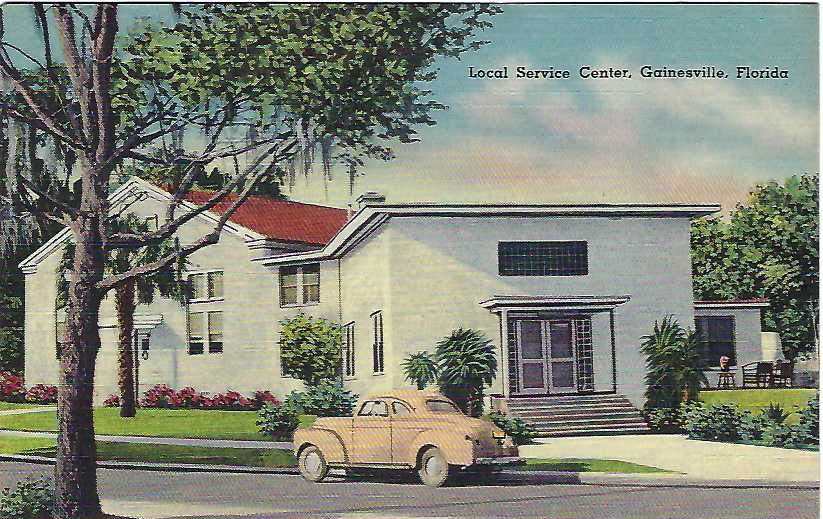
Each year, the Florida Trust announces its 11 to Save sites, which are nominated by the public and reflect the historic places that matter to local communities. The program is designed to increase the public’s awareness of the urgent need to save Florida’s historic resources, highlight the breadth of Florida’s unique history, inspire unique collaborations and empower local preservationists and community groups in their work to preserve Florida’s rich history. Current or previous 11 to Save sites are eligible for the 11 to Save Grant Fund.
The 2023 11 to Save represents endangered historic resources in Alachua, Broward, Charlotte, Duval, Hillsborough, Miami-Dade, Putnam, Sarasota and Volusia counties, covering hundreds of years of history and a variety of cultural resources.n
“The 2023 Florida’s 11 to Save reflect the extraordinary breadth and depth of stories that make up the cultural mosaic of our state,” said Florida Trust Board President Mike Cosden. “By safeguarding these sites, we’re not just preserving buildings and landscapes, but also the diverse histories and voices that contribute to our shared heritage.”
Inclusion in the Florida’s 11 to Save is a starting point for the Florida Trust’s advocacy and education efforts and is intended to be part of a collaborative effort to identify custom solutions for each property. Listings are not in any order of importance. You can download the press release here.
Central Academy, Palatka, Putnam County, Established 1892
Established in 1892, Central Academy was Florida’s first accredited African American high school. In 1937, this building was constructed after the original structure was destroyed by fire.
Eventually falling into disrepair, a series of restoration stops and starts over the past two decades have resulted in the building suffering a devastating roof collapse. Despite the setback, a group of local residents, preservation advocates and school alumni have banded together with the goal to raise funds for its restoration.
East Palatka is a rural unincorporated community located between Palatka and Hastings that developed during the 1880s around Henry Flagler’s Florida East Coast Railway. Residents traditionally served as laborers in the region’s potato and cabbage farms.
In the latter half of the 20th century, changes in the transportation system resulted in the community being left behind economically. Today, residents lack the resources to save aging buildings and properties that have been owned by families for generations. As a result, the nominators hope that, by listing the community of Florida’s 11 to Save, they will bring awareness to this community and potential resources and support to assist with its place keeping.
Hollywood Beach Hotel, Hollywood Beach, Broward County, Built 1925
In the early 1920s, real estate developer Joseph Young arrived in South Florida with a vision to create a city that would rival the glitz and glamor of Hollywood, California. In 1925, Young opened the Hollywood Beach Hotel as the crown jewel of his new city, Hollywood by the Sea.
Also known as the Grand Lady, the Mediterranean Revival-style hotel played host to several famous guests, including Clark Gable, Judy Garland, Marilyn Monroe, Joe DiMaggio, Frank Sinatra and Al Capone. It was said that Capone owned a secret underground tunnel that connected the hotel to the beach, allowing him to avoid detection by the authorities. The nominator hopes to raise awareness to save the property, which is in a state of severe neglect.
Located in Jacksonville’s historic Eastside neighborhood, which was recently added to the National Register of Historic Places on July 3, 2023, Mount Olive African Methodist Episcopal Church was designed by Richard Lewis Brown. Born into slavery, Brown is known as Jacksonville’s first Black architect.
Also associated with civil rights leader Asa Philip Randolph and A.L. Lewis, Florida’s first African American millionaire, the Mount Olive building was completed in 1922. Recognizing its historical importance, the applicant is actively working to rehabilitate the deteriorated sanctuary and hopes that inclusion the 11 to Save will raise public awareness to support preservation efforts.
Plant City High School, Plant City, Hillsborough County, Built 1914
Located in eastern Hillsborough County, the old Plant City High School building was designed by Tampa-based architect Willis R. Biggers. Active since 1914, the year of its construction, the Georgian Revival school ceased being used as an educational facility in 1972.
Added to the National Register of Historic Places on February 4, 1981, the school building has been occupied by the East Hillsborough Historical Society and used as a community center since 1977. Today, its future is in question as the property owner evaluates what to do with the building that is falling into disrepair. The nominators hope to encourage the development of a long-term maintenance plan to fund the necessary repairs and protect the building against demolition.
Port Charlotte High School, Port Charlotte, Charlotte County, Built 1970
The Port Charlotte Junior High School is Charlotte County’s only surviving representation of educational institution architecture in the mid-20th century. Constructed in 1970, the 135,000-square-foot midcentury style educational facility was built during a period of rapid post-war population growth in Florida.
For many years, there has been conversation related to demolishing and replacing the school with a modern facility. Damage from Hurricane Ian this past October has accelerated discussions and questions about the school’s future. The nominator hopes that demonstrated support from the public will help preserve and restore the structure.
The Opa-locka Bank was one of 86 buildings designed in the Moorish Revival style by architect Bernhardt Emil Muller. Muller had been hired by developer Glenn Curtiss, who envisioned his 1926 town of Opa-locka to be designed in the theme of Arabian Nights. Considered to be one of Muller’s more unique works, the bank was designed to resemble an Egyptian treasure vault.
Although the building was completed in 1926, the bank never opened due to the collapse of the Florida land boom and resulting real estate bust. During the 1930s, the unoccupied building was acquired by the First Baptist Church, which retains ownership today. Added to the National Register of Historic Places on May 19, 1983, the nominator hopes to raise awareness for the preservation and rehabilitation of the long-neglected structure.
Ormond Beach Yacht Club, Ormond Beach, Volusia County, Built 1910
Located on the Halifax River, the Ormond Beach Yacht Club was designed by renowned architect, Sumner Hale Gove. Born in Massachusetts, Gove relocated to Volusia County, launching a business as an architect and developer in 1891. Completed in 1910, the two-story frame vernacular structure is supported by a foundation of concrete piers with wooden posts and connected to the river’s western shore by a 147-foot walkway.
Added to the National Register of Historic Places on April 19, 2005, the structure is in a state of deterioration and vulnerable to hurricanes and extreme environmental storm events. The nominator hopes to increase the chances of its survival by raising awareness and money for its restoration.
Community of Royal, Royal, Sumter County, Founded 1865
The community of Royal is one of Florida’s oldest intact examples of a rural African American settlement directly tied to events related to the end of the Civil War. Founded in 1865, the community of Royal was settled by residents who were once enslaved on the Old Green Plantation, located by the Withlacoochee River. Many of these freed men and women received their land thanks to General Sherman’s Special Field Order #15 and passed it down through the generations.
Nominated to the National Register of Historic Places as a rural Historic District, Royal is an old Florida rural landscape and cultural setting in danger of disappearing as Central Florida continues to grow. Already divided by Interstate 75, the community of Royal has battled additional expressway proposals in recent years and is considered an attractive location for suburban sprawl and development, as the nearby Villages continues to expand. The nominators hope to raise awareness of the community’s historic significance and deter development that would threaten its character.
Thelma Boltin Center, Gainesville, Alachua County, Built 1942
Built in 1942 as part of Franklin D. Roosevelt’s New Deal and dedicated by Senator Claude Pepper in 1943, the Thelma A. Boltin Center was originally constructed as the Servicemen’s Center during World War II. In previous months, plans to demolish the center and replace it entirely were considered.
Recently, the City Commission approved a plan to demolish the building, retaining only two of the existing walls. The nominator hopes to raise awareness and prevent the demolition of the building’s wing, as the only side of the building photographed in the 1940s and 1950s and the first thing servicemen saw upon arrival. The City Commission voted to demolish the building and leave two walls standing.
Van Wezel Performing Arts Hall, Sarasota, Sarasota County, Built 1970
Designed by William Wesley Peters of Taliesin Associated Architects, the Van Wezel Performing Arts Hall was completed in 1970. Seashells were used as inspiration for the design and the pink and lavender color scheme was suggested by Frank Lloyd Wright’s widow, Olgivanna Lloyd Wright.
Today, the 53-year-old building is threatened both by time and environmental threats, which challenge its future as a financially viable performing arts center.
On Monday, July 17, the Sarasota City Commission selected members for an Ad Hoc Committee to study and present financial sustainable options for the future of the Van Wezel Performing Arts Hall within the next two years. The nominator hopes that increased awareness will contribute to the discussion and encourage solutions that include the building’s preservation.
